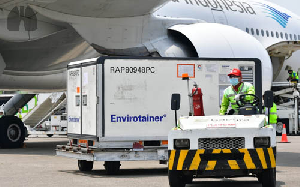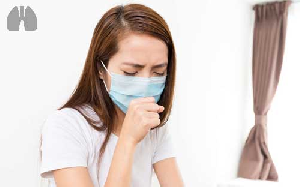
Abstract
Introduction: Several diagnostic tests are used in children suspected for asthma, but the accuracy of these tests to diagnose asthma is unclear.
Aim: We aimed to assess the diagnostic accuracy of reported respiratory symptoms and clinical tests to diagnose asthma in school-aged children under investigation for asthma.
Methods: We studied cross-sectionally children aged 6-16 years referred to 2 pulmonary outpatient clinics with suspicion of asthma. All children underwent clinical evaluation including spirometry, fractional exhaled nitric oxide (FeNO), skin prick tests, and bronchial provocation tests (BPT) by exercise, methacholine, and mannitol. Symptoms were reported in a parental questionnaire. Asthma was diagnosed by the physicians based on medical history, clinical examination, and all clinical test results. We calculated sensitivity, specificity, positive and negative predictive value and area under the curve to assess the diagnostic accuracy of symptoms and clinical tests.
Results: Of the 111 participants, 68 (61%) were diagnosed with asthma. The combined sensitivity and specificity to diagnose asthma was highest for wheeze without colds ((sensitivity/specificity) 0.76/0.65), wheeze (0.87/0.51), wheeze triggered by pollen (0.59/0.79) and more than 3 attacks of wheeze (0.49/0.88). Of the diagnostic tests, the area under the curve was highest for FeNO (0.81) and BPT by exercise (0.79) and lowest for FEV1 (0.52) and FEV1/FVC (0.58).
Conclusion: This study, which needs validation in a larger sample, suggests that specific questions about triggers and severity of wheeze, FeNO and BPT by exercise are more useful to diagnose asthma in school-aged children than spirometry, skin prick tests and other BPTs.
Footnotes
Cite this article as: European Respiratory Journal 2019; 54: Suppl. 63, PA5433.
This is an ERS International Congress abstract. No full-text version is available. Further material to accompany this abstract may be available at www.ers-education.org (ERS member access only).
- Copyright ©the authors 2019














